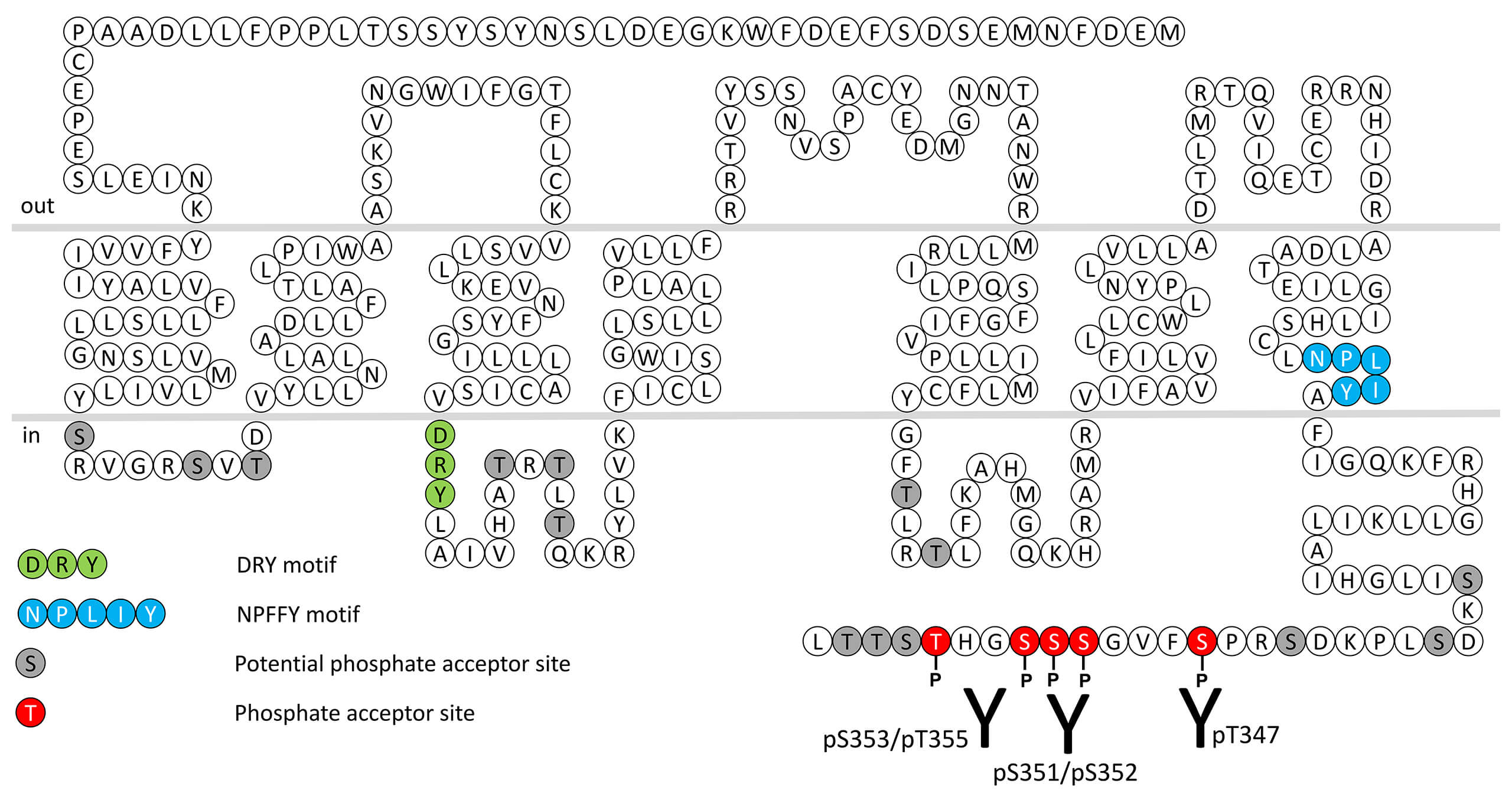No results were found for the filter!
NEW
 pT347-CXCR2 (phospho-CXC Chemokine Receptor 2...
pT347-CXCR2 (phospho-CXC Chemokine Receptor 2... Threonine347 (T347) is a major phosphorylation site of the CXCR2 receptor. The pT347-CXCR2 antibody detects phosphorylation in response to high- and low-efficacy agonists but not after PKC activation. T347 phosphorylation is a key...
$ 375.00 *
NEW
 pS351/pS352-CXCR2 (phospho-CXC Chemokine...
pS351/pS352-CXCR2 (phospho-CXC Chemokine... Serine351/Serine352 (S351/S352) is a major phosphorylation site of the CXCR2 receptor. The pS351/pS352-CXCR2 antibody detects phosphorylation in response to high- and low-efficacy agonists but not after PKC activation. S351/S352...
$ 375.00 *
NEW
 pS353/pT356-CXCR2 (phospho-CXC Chemokine...
pS353/pT356-CXCR2 (phospho-CXC Chemokine... Serine353/Threonine356 (S353/T356) is a major phosphorylation site of the CXCR2 receptor. The pS353/pT356-CXCR2 antibody detects phosphorylation in response to high- and low-efficacy agonists but not after PKC activation. S353/T356...
$ 375.00 *
Recently viewed


